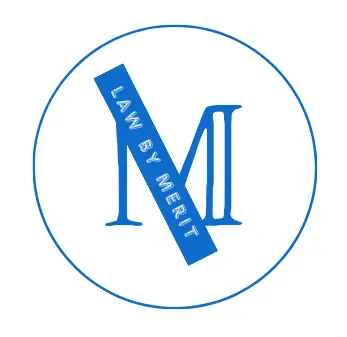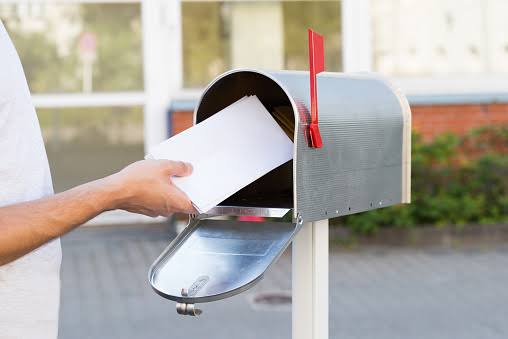The role of a getaway driver in a criminal act is crucial to the execution of a crime, typically involving robbery, burglary, or a similar offense. A getaway driver’s involvement can lead to several charges, depending on the specific circumstances of the crime and their actions during and after the incident. In this overview, we will explore ten common offenses for which a getaway driver can be charged and delve into the circumstances that could lead to such conclusions.
1. Accessory to a Crime:
One of the primary charges that a getaway driver may face is being an accessory to a crime. An accessory is someone who aids, abets, or assists in the commission of a crime, without directly committing the principal offense. In this case, the driver aids the actual perpetrators by facilitating their escape from the scene of the crime. To be charged as an accessory, the prosecution needs to establish that the driver had knowledge of the criminal activity, intended to assist in the escape, and took concrete actions to make it possible. This charge hinges on proving the driver’s intent and active involvement in the crime.
Circumstances: The driver’s active participation in planning the crime, providing information about escape routes, and waiting at the scene are key factors that can lead to a charge of being an accessory. If the driver knew about the criminal activity beforehand and willingly agreed to help with the escape, they can be held accountable as an accessory.
2. Conspiracy:
A getaway driver can also be charged with conspiracy, which involves an agreement between two or more individuals to commit a criminal act. In this scenario, the driver may not be physically present during the crime but plays a role in the planning and coordination. For a conspiracy charge to stand, there needs to be evidence of an agreement, intent to commit the crime, and an overt act in furtherance of the conspiracy.
Circumstances: If the driver was part of the initial planning discussions, communicated with the actual criminals about the execution of the crime, and took actions that helped carry out the plan, they could be charged with conspiracy. Even if the driver did not directly participate in the crime, their involvement in the planning stages can lead to this charge.
3. Aiding and Abetting:
Aiding and abetting is another charge that a getaway driver may face. This charge involves knowingly helping another person commit a crime. Unlike being an accessory, aiding and abetting requires a more direct and immediate connection to the crime itself. The prosecution needs to prove that the driver intentionally facilitated the crime and actively participated in its execution.
Circumstances: If the driver’s actions during the crime were more than just assisting with the escape, such as helping to physically carry stolen goods or providing weapons, they can be charged with aiding and abetting. Their direct involvement in the criminal act, even if not the primary perpetrator, can result in this charge.
4. Reckless Endangerment:
A getaway driver can also be charged with reckless endangerment if their actions during the escape put others’ lives or property at risk. Reckless endangerment refers to engaging in behavior that shows a blatant disregard for the safety of others. If the driver’s escape route involves dangerous driving, reckless speeds, or reckless maneuvers that could potentially cause harm, they can face charges related to reckless endangerment.
Circumstances: If the driver’s escape involves driving through busy pedestrian areas, residential neighborhoods, or crowded streets at high speeds, and their actions put innocent bystanders at risk, they could be charged with reckless endangerment.
5. Evading Law Enforcement:
A getaway driver can also be charged with evading law enforcement. This charge arises when the driver deliberately attempts to elude police officers pursuing them after a crime. Evading law enforcement may involve engaging in high-speed chases, disregarding traffic signals, or attempting to escape arrest through dangerous driving tactics.
Circumstances: If the driver refuses to pull over for law enforcement, engages in a pursuit, and demonstrates a clear intention to avoid apprehension, they can be charged with evading law enforcement.
6. Vehicular Manslaughter:
Vehicular manslaughter is a charge that a getaway driver can face if their reckless driving during the escape leads to the death of another person. This charge arises when the driver’s actions, such as speeding, running red lights, or engaging in dangerous maneuvers, directly result in a fatal accident. To be charged with vehicular manslaughter, it must be proven that the driver’s actions were a substantial factor in causing the death.
Circumstances: If the driver’s reckless driving causes a collision that results in the death of an innocent bystander or another motorist, they could be charged with vehicular manslaughter.
7. Resisting Arrest:
A getaway driver can also be charged with resisting arrest if they actively resist or obstruct law enforcement officers attempting to apprehend them. Resisting arrest involves intentionally preventing a law enforcement officer from lawfully carrying out their duties. This charge can be applied if the driver refuses to exit the vehicle, physically resists being handcuffed, or engages in any behavior that hinders the arresting officers.
Circumstances: If the driver actively resists arrest, uses physical force to evade being handcuffed, or engages in any behavior that prevents law enforcement officers from carrying out their duties, they can be charged with resisting arrest.
8. Felony Murder:
Felony murder is a charge that can be applied if a death occurs during the commission of a dangerous felony, even if the death was unintended. If a getaway driver is involved in a crime such as robbery, burglary, or kidnapping, and a death occurs as a direct result of the commission of that crime, they can be charged with felony murder. This charge is often applied when a death occurs, regardless of whether the driver directly caused it.
Circumstances: If the driver is participating in a felony crime, and a death occurs during the course of that crime, they can be charged with felony murder. It doesn’t matter if the driver’s actions directly led to the death; their involvement in the dangerous felony is sufficient for this charge.
9. Possession of Stolen Property:
A getaway driver can also be charged with possession of stolen property if they are found to have control over or access to stolen items obtained during the commission of a crime. This charge doesn’t require the driver to be directly involved in the theft itself; merely possessing or having control over stolen goods can lead to this charge.
Circumstances: If law enforcement discovers that the driver has possession of items that were stolen during the crime, they can be charged with possession of stolen property. This charge can be proven if the stolen items are found in the vehicle or in the driver’s possession.
10. Endangering Welfare of a Child
If a getaway driver involves a minor in the criminal activity, they can also be charged with endangering the welfare of a child. This charge applies when a child is placed in a situation that endangers their physical, mental, or moral well-being. In this context, if the driver has a minor passenger during the criminal act, they can face charges related to endangering the welfare of the child.
Circumstances: If the driver involves a child or minor in the criminal activity, such as having them in the vehicle during a high-speed chase or dangerous escape, they can be charged with endangering the welfare of a child.
The charges that a getaway driver can face are diverse and can vary greatly depending on their actions and the specific circumstances of the crime. These charges range from vehicular manslaughter and resisting arrest to felony murder, possession of stolen property, and endangering the welfare of a child.
RELATED:
Can I Legally Drive Over Speed Limits in Medical Emergencies? Here’s What You Need To Know
Cops Lights Behind Me: Here’s What Is Means And What To Do
Last updated on: April 24, 2024




